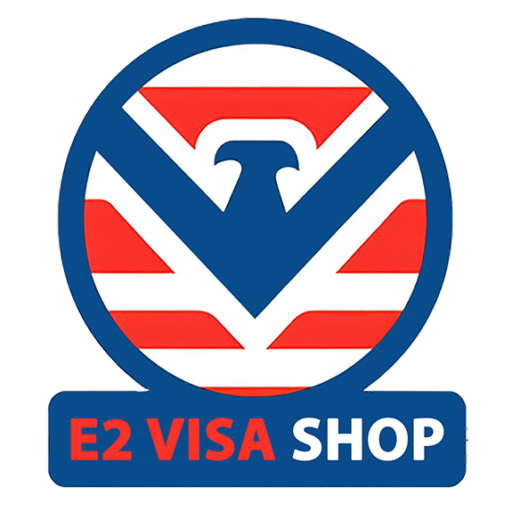
The E-2 Treaty Investor Visa offers a powerful opportunity for foreign nationals to live and work in the United States by investing in a bona fide enterprise. Among the many qualifying business models, route businesses—such as bread, snack, beverage, medical supply, and courier routes—stand out as accessible, scalable, and relatively low-risk ventures. However, aligning a route business with E-2 visa requirements requires strategic structuring and operational clarity.
What to Know—and What to Do—to Start, Buy, or Manage an E-2 Compliant Route Business
This article provides a practical guide to understanding, acquiring, and managing a route business under an E-2 visa strategy.
1. What Is a Route Business?
A route business is a type of business model where the owner is granted the right to sell and deliver products or services along a pre-defined route. This often includes exclusive or semi-exclusive geographic territories and recurring customer accounts.
Examples include:
- Bread and baked goods routes (e.g., Pepperidge Farm, Bimbo, Flowers Foods)
- Snack and beverage delivery routes (e.g., Mission Foods, Red Bull, PepsiCo distributors)
- Courier/delivery routes (e.g., FedEx Ground, Amazon DSPs, medical couriers)
- ATM or vending machine routes
- Commercial laundry or linen services
2. Why Route Businesses Work Well for E-2 Visas
- Tangible and Traceable Investment: Routes typically require a clear upfront purchase, often between $50,000–$250,000, making it easier to demonstrate a substantial at-risk investment.
- Immediate Operational Capability: These businesses can often begin operations quickly after purchase, helping applicants show “active and operating” status—essential for E-2 compliance.
- Job Creation Potential: Although E-2 rules don’t mandate job creation (unlike EB-5), a scalable route business can create part-time or full-time driver positions and administrative roles, which supports the non-marginal nature of the business.
- Clear Valuation Metrics: Route businesses are generally valued based on weekly gross or net sales, often simplifying due diligence and business valuation.
3. E-2 Visa Requirements Applied to Route Businesses
To qualify for the E-2 visa using a route business, the investment and operations must meet the following criteria:
| Requirement | Application to Route Businesses |
|---|---|
| Substantial Investment | Typically $50,000–$200,000 in cash or verifiable assets for purchase. |
| Real & Operating Enterprise | Route must be active with customers and daily deliveries. |
| Investor Must Direct Business | Investor must actively manage operations or employ managers. |
| Business Must Not Be Marginal | Should generate income sufficient to support the investor/family. |
| Lawful Source of Funds | Must trace all investment funds used to acquire the route. |
4. Start vs. Buy: Strategic Considerations
Buying an Existing Route
- Pros: Immediate cash flow, existing customers, easier to show “non-marginality.”
- Cons: Higher upfront cost, potential transfer fees, and seller due diligence.
Starting a New Route
- Pros: Lower initial investment, more control over brand or niche.
- Cons: Harder to prove active operations at the time of visa application, increased risk of marginality.
5. What to Look for When Buying a Route Business
When identifying a suitable route business for an E-2 application, ensure:
- Exclusive Rights: The contract grants you exclusive territory rights.
- Transferable Agreement: Some franchisors or brands must approve transfers to E-2 visa holders.
- Net Earnings: Route should generate enough income for the investor and potential staff.
- Asset List: Truck(s), equipment, inventory, and goodwill must be documented.
- Seller Support: Ensure a training/transition period is available post-sale.
- Legal Review: Always review contracts, transfer restrictions, and franchise agreements.
6. Steps to Launch or Acquire a Route Business Under the E-2 Visa
Step-by-Step Guide:
- Market Research: Identify the most stable and in-demand routes in your preferred U.S. region.
- Business Entity Formation: Establish a U.S. LLC or corporation as the investor’s legal vehicle.
- Secure a Route Opportunity: Negotiate terms with the seller, broker, or franchisor.
- Draft a Business Plan: Create a USCIS/Consulate-compliant business plan detailing operations, financials, and job creation.
- Open Escrow Account (Optional): Hold funds while the visa is being adjudicated.
- Transfer of Funds: Prove investment is at-risk and irrevocably committed.
- File E-2 Visa: Apply through U.S. Consulate or Change of Status via USCIS.
- Operate: Begin deliveries, manage drivers, and build local relationships.
7. Compliance and Long-Term Success Tips
- Document Everything: Keep receipts, bank records, route contracts, and employment agreements.
- Avoid Passive Ownership: Hire staff, but maintain direct oversight.
- Create a Growth Plan: Expand into multiple routes or regions to strengthen your visa renewals and reclassification potential (e.g., L-1 or EB-5 later).
- Maintain Profitability: File taxes and demonstrate that the business is not marginal.
8. Conclusion: A Smart Entry Strategy
Route businesses offer foreign investors a structured, often recession-resilient entry into the U.S. market with clear cash flow and growth potential. When structured correctly, they meet E-2 visa standards with manageable risk and operational clarity. However, success depends on due diligence, careful business planning, and a hands-on approach to management.
Whether you plan to start, buy, or scale a route business under an E-2 visa, professional guidance and strategic structuring are essential to achieving immigration and entrepreneurial success.
Visit us on Facebook.
